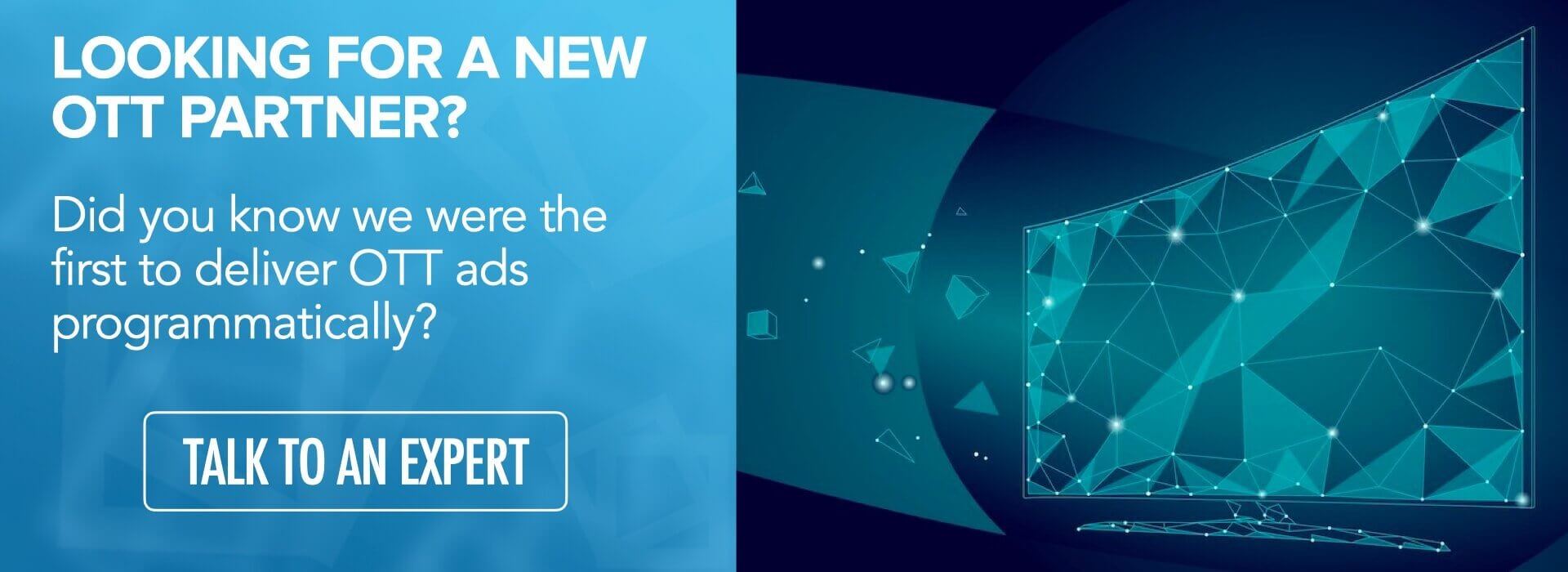- Home
- Strategus Blog
- Omnichannel vs. Multichannel Marketing: Buyer, Media & Methods
Omnichannel vs. Multichannel Marketing: Buyer, Media & Methods
 Andy Dixon
Andy Dixon
6 minutes read

This post is part of our larger “The Comprehensive Guide to Understanding Omnichannel Marketing,” click here to learn more.
Omnichannel vs. Multichannel: The Buyer, the Media, and the Methods. Multichannel strategies focus solely on making a sale on multiple marketing channels. It’s a strategy that has certainly evolved many single-channel marketing strategies, but when we think about omnichannel vs. multichannel, there are still plenty of innovative techniques to take a strategy to the next level.
Marketing is all about adaptation, as consumers, technology, and strategy all evolve simultaneously. After all, C.S. Lewis wasn’t wrong when he said, “There are far, far better things ahead than any we leave behind.” And it’s time to leave behind multichannel methods and opt for omnichannel marketing approaches.
Omnichannel is the evolved solution to multichannel marketing imperfections, with the same concept of using multiple channels but with one clear and consistent message throughout. Clear and consistent messaging is becoming increasingly more important as consumers demand it. Considering every brand’s purpose is to meet its consumers’ needs and expectations, why not give them what they’re asking for?
Some results from studies that support this demand are:
- 90% of customers expect consistent interactions across channels.
- 60% of millennials expect consistent brand experiences — whether in-store or by phone.
- 49% of consumers buy from their favorite omnichannel brands at least once per week.
Whether you’re looking to get more familiar with the difference between omnichannel and multichannel marketing or want to stay up to date with the latest marketing/advertising trends, finding the best tactics to target the correct audience is a vital component of your strategy. This blog will further differentiate omnichannel vs. multichannel marketing by looking at three important distinctions: the buyer, the medium used, and the methods.

Omnichannel vs. Multichannel: The Buyer
Omnichannel marketing presents a clear advantage over multichannel marketing in terms of the viewer. They are delivered a consistent message across their most-used devices, which begins to build a relationship without them even realizing it. The way multiple devices and consumer/brand relationships work together is through recognition and reach.
First, the more familiar a consumer is with a brand, the more they trust its credibility and authenticity because they recognize it. To incite this trust and recognition, Small Biz Genius reports that it takes five to seven impressions for people to remember your brand. That’s where reaching your target audience through multiple devices in one-day speeds up the process.
In fact, Google Research showed that a whopping 98% of Americans switch between devices throughout the same day, allowing you to showcase your brand and/or product/service to the majority of your target audience across multiple devices.
Without a unified message, however, your brand won’t have as much success. Because the message is not connected across platforms, multichannel marketing can confuse the viewer and cause them to repeat parts of their journey. In contrast, omnichannel marketing seamlessly guides buyers into the next stage of their journey.
Omnichannel vs. Multichannel: The Media
Multichannel is only focused on getting the message out through as many different sources as possible, even if they act separately from one another. The media of omnichannel marketing that Strategus uses (connected television (CTV), digital display, and online video) are more effective and reach the right audience.
First, online video is more likely to resonate with your target audience. Data shows that 63% of consumers say companies that use video know how to reach their customers, and nine out of 10 consumers watch at least one online video per week. It’s also becoming increasingly popular among consumers as a successful form of enhancing brand perception.
There’s a reason video marketing is being implemented more and more every year. In fact, online videos will make up more than 82% of all consumer internet traffic by 2022 — 15 times higher than in 2017.
It’s a strategy that’s here to stay, much like digital display, which shows great potential now and is expected to grow in importance in the future. According to Insider Intelligence, despite the hit on digital display from the pandemic, “spending will still post 5.5% in annual growth, thanks to increased investments in video ads, mobile, connected TV (CTV) and programmatic transactions.”
Among them, CTV has the most growth (before the pandemic and now), video ads drive display across channels twice as fast, and mobile continues to be strong in social and native advertising.
Omnichannel vs. Multichannel: The Methods
Omnichannel methods are more strategic than multichannel. They focus on delivering the right message to the right person at the right time, rather than mass delivery and hoping that the message lands where it should.
The right message should:
- Align with your company goals.
- Understand your customer’s problems and have the answers on how to solve them.
- Be clear, simple, and not up for interpretation.
- Make you stand out.
- Evoke an emotional response.
The right person:
The right person is one who is represented by your ideal buyer persona. You don’t want to waste your time chasing ‘everyone’ when there is a host of consumers in your target market that is more than happy to give you their business but expects a personalized and direct relationship first. In fact, Forbes reports that 71% of consumers feel frustrated when a shopping experience is impersonal, and 80% of consumers are more likely to purchase a brand that provides personalized experiences.
The right time:
Where your customer is in their buyer journey is incredibly vital to the method in which you should approach them. In the awareness stage, your consumers need to be introduced to your brand and its value. In the consideration stage, your consumers need to be approached with reasons why your brand and business will solve their problem more efficiently. And the decision stage is the right time to influence a sale.
Overall, omnichannel methods focus on seamless encounters throughout consumer buying experiences no matter how they’re shopping: mobile, telephone, desktop, and brick-and-mortar stores. The idea is that by putting the consumer at the focal point of your strategy, you can build strong relationships that lead to loyalty, encourage more purchases, and reach your target market where they already are.
The Takeaways
While this debate isn’t necessarily a “good vs. evil” discussion, it is an important conversation on the “right vs. wrong” way of reaching your target audience and building brand loyalty. Consistent consumer experience throughout all touchpoints with your company eliminates any potential confusion and serves as a reminder of the value and importance of your brand to the target audience in your market.
The buyer, the media, and the methods of omnichannel act as strong evidence to this. With that in mind, contact us for more insight on omnichannel and what it can do for your brand and business.


Andy Dixon is a seasoned Content Writing Specialist at Strategus, renowned for his expertise in creating engaging and impactful digital content. With over a decade of experience in content creation, Andy has honed his skills in a variety of niches, ranging from technology and marketing to education.
Strategus is a managed services connected TV(CTV) advertising agency with over 60,000+ campaigns delivered. Find out how our experts can extend your team and drive the result that matter most.
Talk to an Expert
Seeking a Custom CTV Strategy That Delivers?
What to read next
App Event Tracking: Tie Mobile App Activity to CTV Campaigns
Let’s say you’re running a CTV campaign for a personal finance app.
5 minutes read

Stop Guessing Who Your Audience Is — Let Their Apps Tell You
Connected TV (CTV) targeting often falls in one of two camps.
8 minutes read
See Who Bought After Your Ad + How Much They Spent
You can’t improve what you can’t measure. And for years, that’s been a major problem with TV advertising.
4 minutes read

First-Party Attribution: Match Ads to Sales With CRM Data
The value of first-party data continues to grow.
7 minutes read













